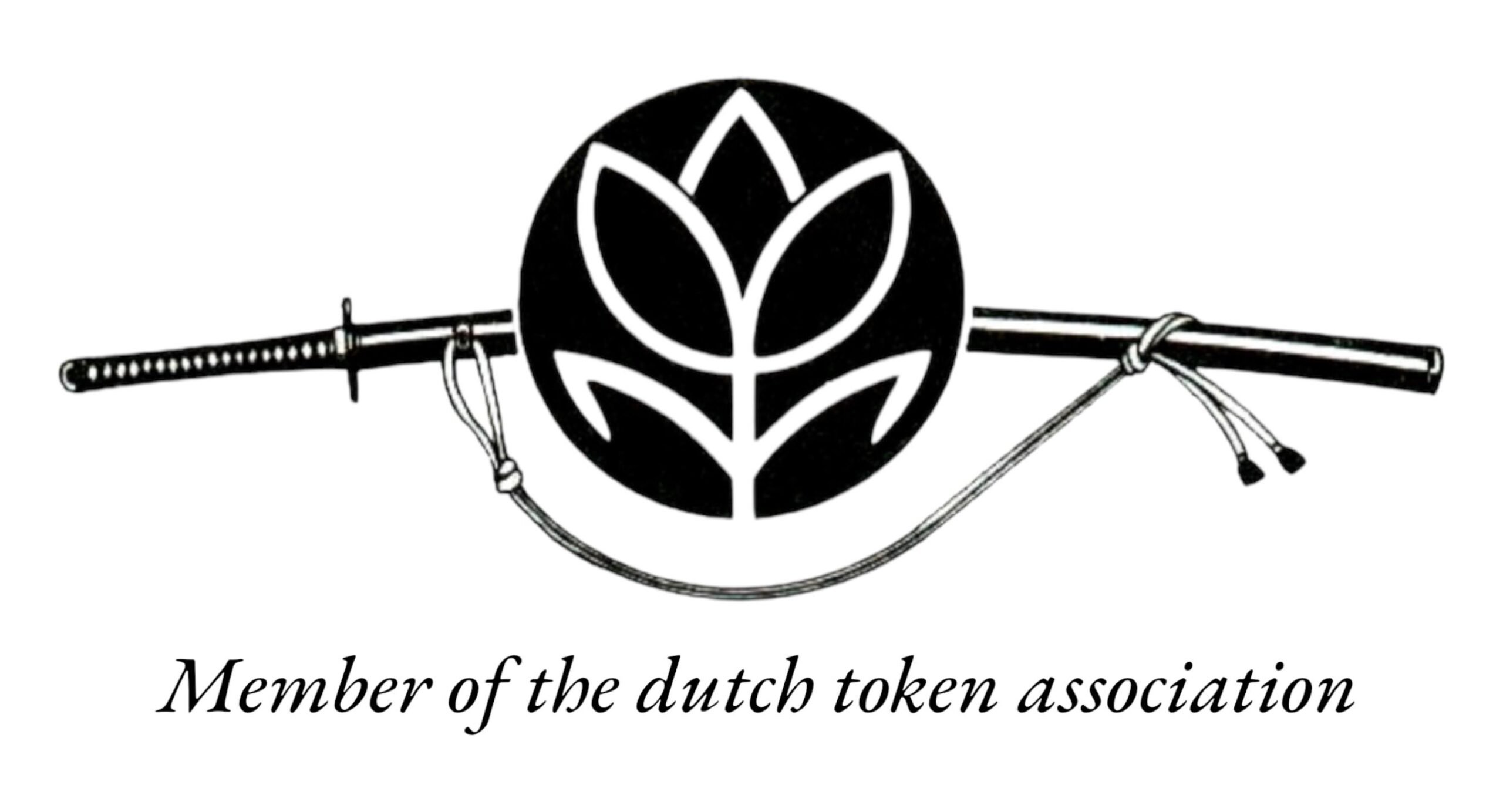Introduction: The Essence of Samurai Armour
Samurai armour was more than a shield against weapons. It told the story of the man inside. Every layer, every detail, spoke of honor, purpose, and restraint. Forged with care and worn with pride, it balanced form and function.
The armour reflected the values of bushidō—the way of the warrior. Strength, loyalty, and discipline were shaped into steel and silk. It was protection, but also a mirror of character.
To wear this armour was to bear a legacy. Passed through generations, it marked identity as much as rank. In peace or war, it stood as a symbol: calm, precise, and unyielding.
Kabuto: The Mind Beneath the Helm
The kabuto is more than a helmet. It is a statement of identity, purpose, and discipline.
Crafted with layered iron plates, the kabuto was built to deflect arrows and sword strikes. Its form, functional and precise, protected the head and neck with plates that moved yet held firm. Rivets, hinges, and cords formed a quiet harmony of strength.
But function was only part of the message.
Crests rising from the helm—antlers, horns, or gold emblems—spoke of rank and character. Each samurai chose symbols with care. A dragon for courage. A crescent moon for calm strategy. These were not ornaments. They were reflections of the mind within.
The kabuto also expressed individuality. The tilt of a visor, the curve of its peak, and the lacquer’s depth told of the wearer’s aesthetic and spirit. Even the cords—woven in patient knots—carried intention.
To wear the kabuto was to carry more than armor. It was to carry legacy. To step into battle not just protected, but defined.
Silent. Unyielding. Known.
Mempo: The Face of Fearlessness
The mempo was more than armor. It was a mask of resolve. Worn by samurai, it shielded the face, especially the cheeks and jaw, from blades and arrows. Made from iron or leather, it was carefully shaped to fit each warrior.
Its purpose went beyond protection. The mempo was meant to unsettle. Fierce expressions—grimaces, scowls, even fanged sneers—were crafted into the design. These faces turned the samurai into something more than human. Something fearsome.
Some mempo included mustaches made of horsehair. Others had exaggerated noses or painted teeth. Each detail was chosen to project strength. To suggest a warrior who did not fear death.
The mempo made the face unreadable. Calm or rage—enemy eyes could not tell. It broke the momentum of attack. Made hesitation bloom where boldness should be.
In battle, discipline and fear cannot share space. The mempo cleared the way for one, and silenced the other.
Do: Protecting the Heart
The dō shielded the samurai’s chest—his heart, lungs, and life. Made from iron or hardened leather, it balanced defense with mobility. Its curved surface helped deflect arrows and sword strikes.
More than protection, the dō was central to the samurai’s appearance. It marked his clan, displayed his rank, and showed his sense of order. Lacquered finishes and laced cords brought both form and function into harmony.
Each dō was shaped by hand, meant to serve one warrior. It was not just armor—it was a quiet guardian, worn with resolve.
Kote: Arms of Precision
Kote are the armored sleeves worn to protect the arms in combat. They shield the forearms, wrists, and backs of the hands without limiting movement. In design, they balance strength and flexibility.
Constructed from cloth, padding, and small plates or mail, kote allow the fighter to strike and block with precision. The armor follows the natural lines of the arm, wrapping it without bulk. Articulation at the elbow and wrist maintains responsiveness.
Every cut, thrust, or parry begins or ends through the arms. The kote ensures these moments remain sharp and fluid. Good kote feel like an extension of the body—present, but never intrusive.
Their craftsmanship echoes the values of the warrior: protection without excess, power with control.
Haidate: Guarding the Thighs
Haidate shielded the warrior’s upper legs. Worn like an apron over the thighs, these guards were built for balance: protection and motion held in quiet tension.
Constructed from rows of small metal plates sewn into cloth, haidate absorbed strikes while remaining flexible. Some designs featured kikko—hexagonal iron or leather plates—arranged to deflect powerful blows. Others opted for karuta, small square plates woven into padded fabric.
Tied at the waist, haidate hung over the thighs without encumbering the knees. Their weight was distributed to move with the body, not against it. Whether crouching, sprinting, or mounted, the samurai stayed agile.
A warrior’s lower armor did not shout. It remained purposeful, restrained—every stitch and plate in quiet service to the man who wore it.
Suneate: Firm on the Ground
Suneate were shin guards, crafted to shield the lower legs without hindering motion. Samurai wore them over the shins, secured by cords or leather straps. Iron splints or small plates lined cloth or leather backings, forming a flexible but firm barrier.
These guards met the ground in battle. They bore the brunt of low strikes from swords, spears, or arrows. Yet they moved with the warrior—no stiff weight, no drag.
Designs varied. Some had three vertical plates. Others wrapped fully around the leg. Mobility remained the goal. Always, protection was balanced with fluid movement.
In the dojo and on the battlefield, the legs guided the stance. Without grounded footing, there was no strike, no defense. The suneate ensured that grounding remained strong. Every step, deliberate. Every block, supported.
Construction and Materials: Purpose in Every Layer
Every piece of samurai armour was built with intent. It was not mere protection—it was principle made solid.
The base was iron. Plates were hammered by hand, each surface shaped to deflect and absorb force. This metal formed the core of the cuirass, helmets, and shinguards. Strong, but never stiff. Crafted to move as the wearer moved.
Leather added flexibility. Stitched with care, it softened edges and held the iron in place. Some areas used hardened leather alone, molded for lighter weight. Tough enough to endure. Light enough to not slow the blade.
Lacquer protected the layers. Brushed on in coats, it sealed metal and leather alike. It guarded against water. It resisted time. It also brought the armour its deep, gleaming finish—black, red, or earthy brown. Functional beauty, always.
Lacing brought it all together. Silk cords threaded through hundreds of holes. Each knot a decision. Each pattern a statement—of clan, of rank, of the craftsman’s hand. The cords gave the armour its final shape. They bound its strength to the warrior’s form.
In samurai armour, nothing was wasted. Every layer carried purpose. Every detail served both battle and belief.
Conclusion: Armour as Discipline
Samurai armour was more than protection. It was practice.
Every plate, every tie, spoke of precision. The process of forging armour mirrored the path of the warrior—deliberate, patient, exact.
Wearing it required strength. Maintaining it required care. Both demanded presence.
The armour did not make the samurai. It reminded him. Of duty. Of restraint. Of purpose.
To live as a samurai was to shape one’s life with the same calm discipline that shaped steel.
In this, the armour was not a shell. It was a mirror—reflecting the spirit within.





